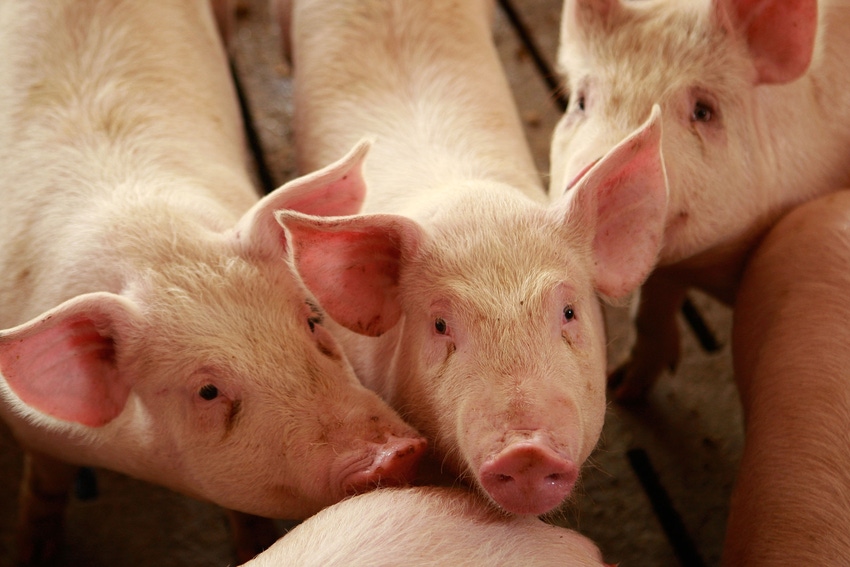Low hog and pork prices in 2022 forced many producers to reduce sow inventory.

Chinese hog production in 2023 is forecast to decline 2% to 700 million head due to a lower, on average, sow inventory in 2022 compared to 2021, USDA Foreign Agricultural Service (FAS) reported in a new Global Agricultural Information Network (GAIN) report. The reduction comes after low hog and pork prices in 2022 forced many producers to reduce their sow inventories in 2022, although the inventory did rebound late in the year due to a recovery in hog prices.
FAS China staff member Alexandra Baych noted that animal diseases, such as African swine fever (ASF), are expected to be endemic, increasing production costs for the sector. However, she said that the effect of ASF outbreaks on commercial production has become limited as producers appear to have adjusted production practices to manage outbreaks.
Pork production to rise on higher demand
The 2023 Chinese pork production forecast has been revised higher to 55.5 million metric tons (MMT) as demand for pork products is expected to strengthen and producers are able to better manage animal disease outbreaks without affecting overall production volumes.
Baych also relayed that variability in pork and hog prices is expected to be less extreme in 2023 than in prior years.
Pork consumption in China is expected to increase to nearly 57.6 MMT due to improved demand from the hotel and restaurant (HRI) sector following the end of the People’s Republic of China’s (PRC) zero-COVID restrictions.
“In December 2022, the PRC relaxed COVID restrictions in the HRI sector and on domestic and international travel. The PRC also removed COVID testing requirements for imported cold-chain products. These changes are expected to boost consumer demand for restaurants and hotels and allow schools and companies to resume full operations,” said Baych.
Still, at the end of 2022 and beginning of 2023, China faced a surge in COVID infections which affected demand. Additionally, Baych said industry sources shared that ASF outbreaks during the winter months may have caused panic selling and slaughter which increased supply and lowered pork prices.
What does this mean for pork imports? Baych said pork imports to China are expected to increase 4% year over year to 2.2 MMT. ASF lead to historically high levels of imports in 2020 and 2021, but as production recovered, imports declined by 51%. They remained just over 2.1 MMT in 2022 and are expected to exceed that in 2023, Baych added.
About the Author(s)
You May Also Like





